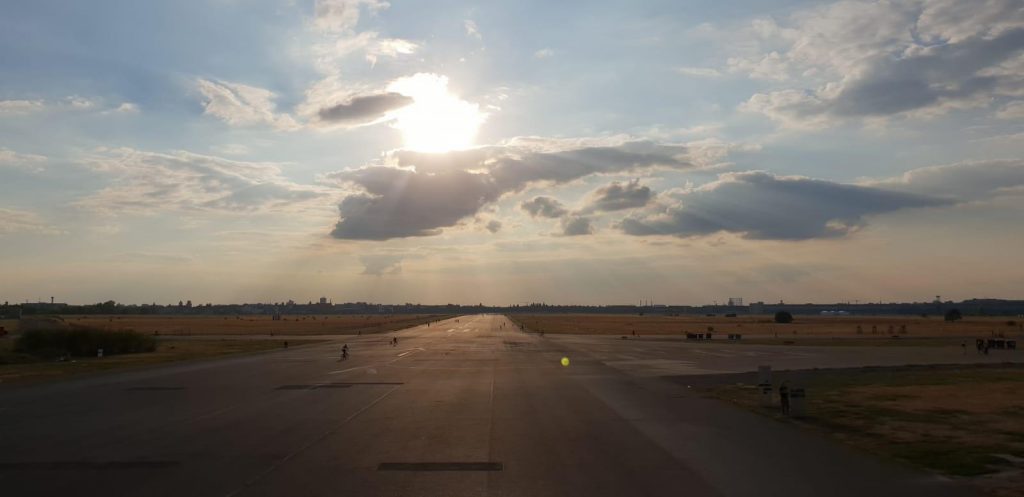 One of our favorite spots in Berlin is Tempelhofer Feld, a former airport that has been transformed into a green recreational area, where Berliners come together to do sports, have a picnic, go for a walk or enjoy amazing sunsets. Additionally, it provides space for up to 7000 migrants and has become one of Germany’s largest refugee camps.
One of our favorite spots in Berlin is Tempelhofer Feld, a former airport that has been transformed into a green recreational area, where Berliners come together to do sports, have a picnic, go for a walk or enjoy amazing sunsets. Additionally, it provides space for up to 7000 migrants and has become one of Germany’s largest refugee camps.
As winter is approaching, obviously, it is too chilly to lie in the grass, but this doesn’t mean that the Feld should be ignored during the winter months. Here are some activities that are definitely winterproof.
1) As long as the Feld is not fully covered in snow, you can still do sports: go for a run (there are special markings on the ground for runners and skaters to train), play basketball, soccer or table tennis.
2) Fly a kite (winds can get quite strong).
3) Speaking of wind: be adventurous and book a kiteboarding lesson.
4) Put on a warm hat, rent a longboard and head down the former airport’s runway (straight into the sunset).
5) …whilst on the topic: dress warmly and watch the suns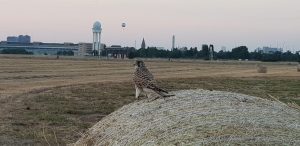 et.
et.
6) Enjoy wildlife: Tempelhofer Feld is quite the bird sanctuary and 2 nature reservation areas have been created to help wildlife.
6) Book a guided tour and explore the area’s rich history: Tempelhof Airport is one of only two Nazi-built buildings to survive in Berlin (the second is Olympiastadion).
7) Get informed about the Feld’s refugee camp.
Where? Main entrance Tempelhofer Damm/S,U-Bahn Tempelhof, side entrance Tempelhofer Damm/U-Bahn Paradestraße; main entrance Clumbiadamm/Lilienthalstraße, side entrance Columbiadamm/Golßenstraße; main entrance Oderstraße/Herrfurthstraße, 5 more side entrances at Oderstraße
Opening Hours: January and December: 7:30am - 5pm
February and November: 7am - 6pm
March: 6am - 7pm
April and September: 6am - 8:30pm
May and August: 6am - 9:30pm
June and July: 6am - 10:30pm
October: 7am - 7pm
[After closing hours the park can be exited via revolving doors at the main entrances].



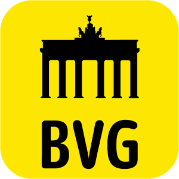
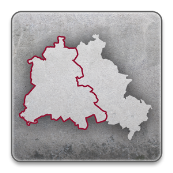



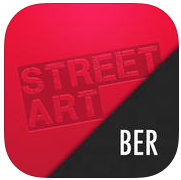
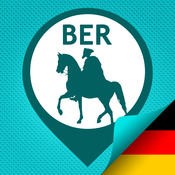
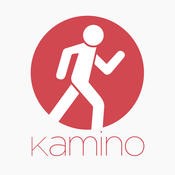

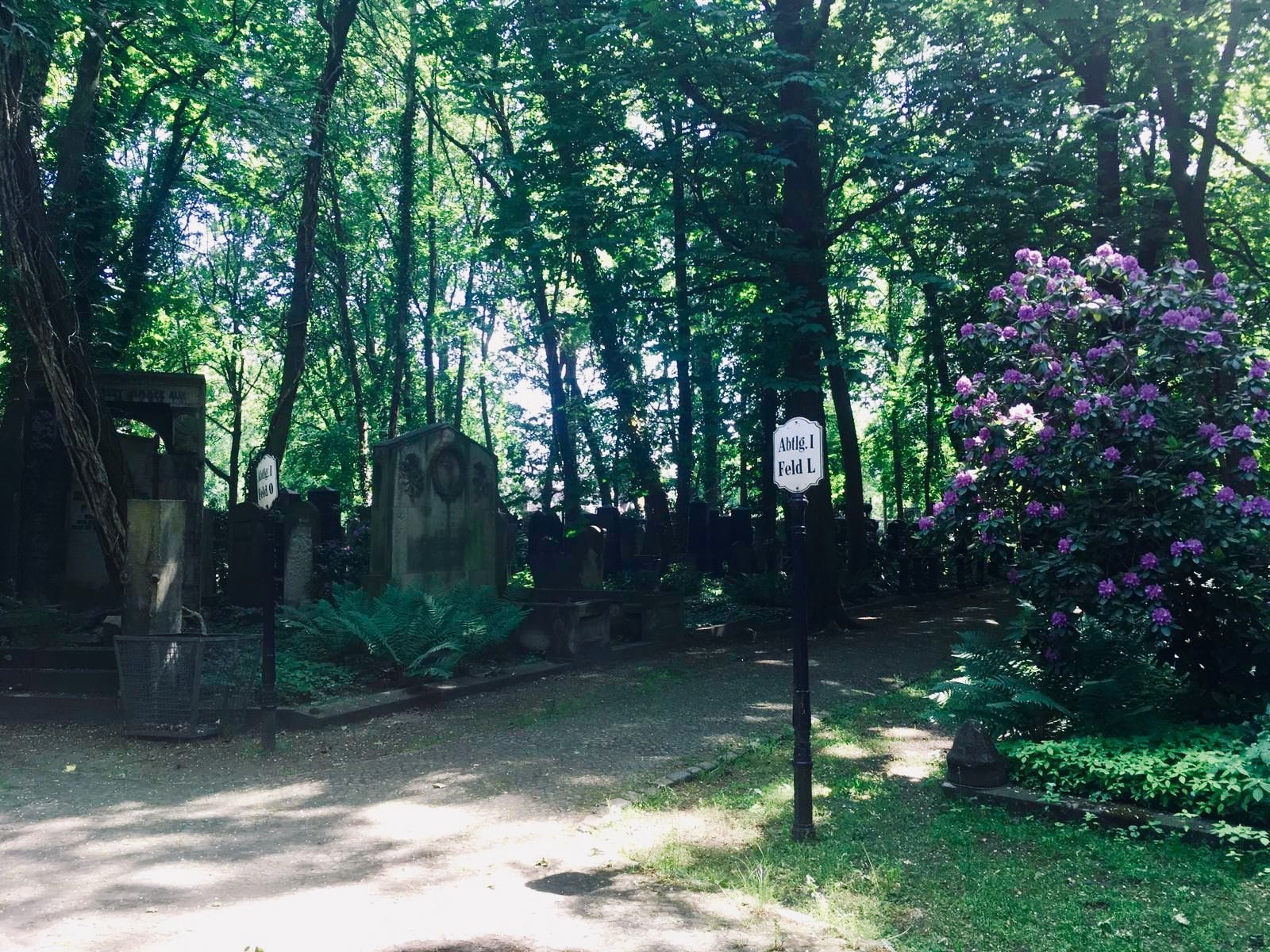
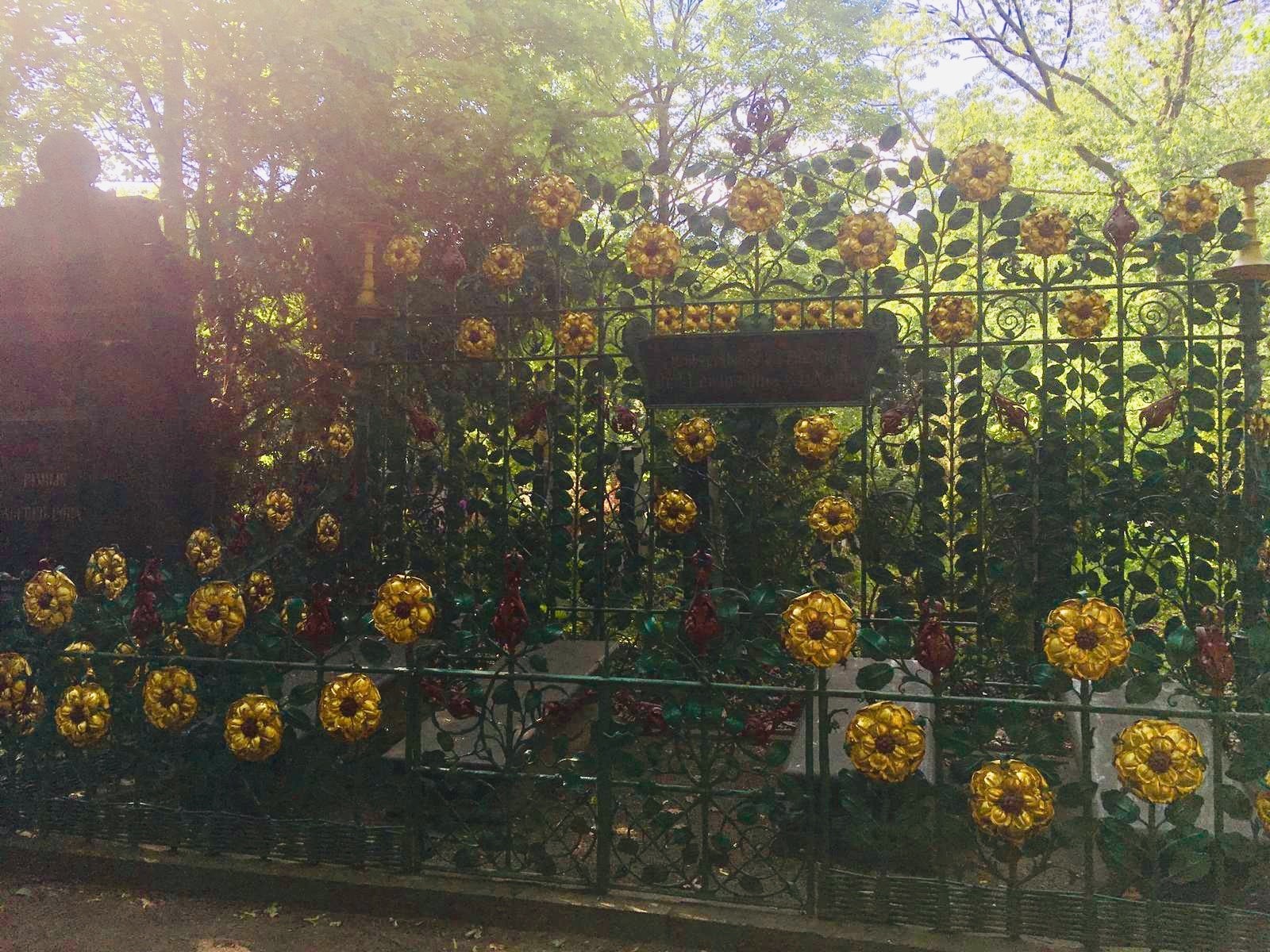
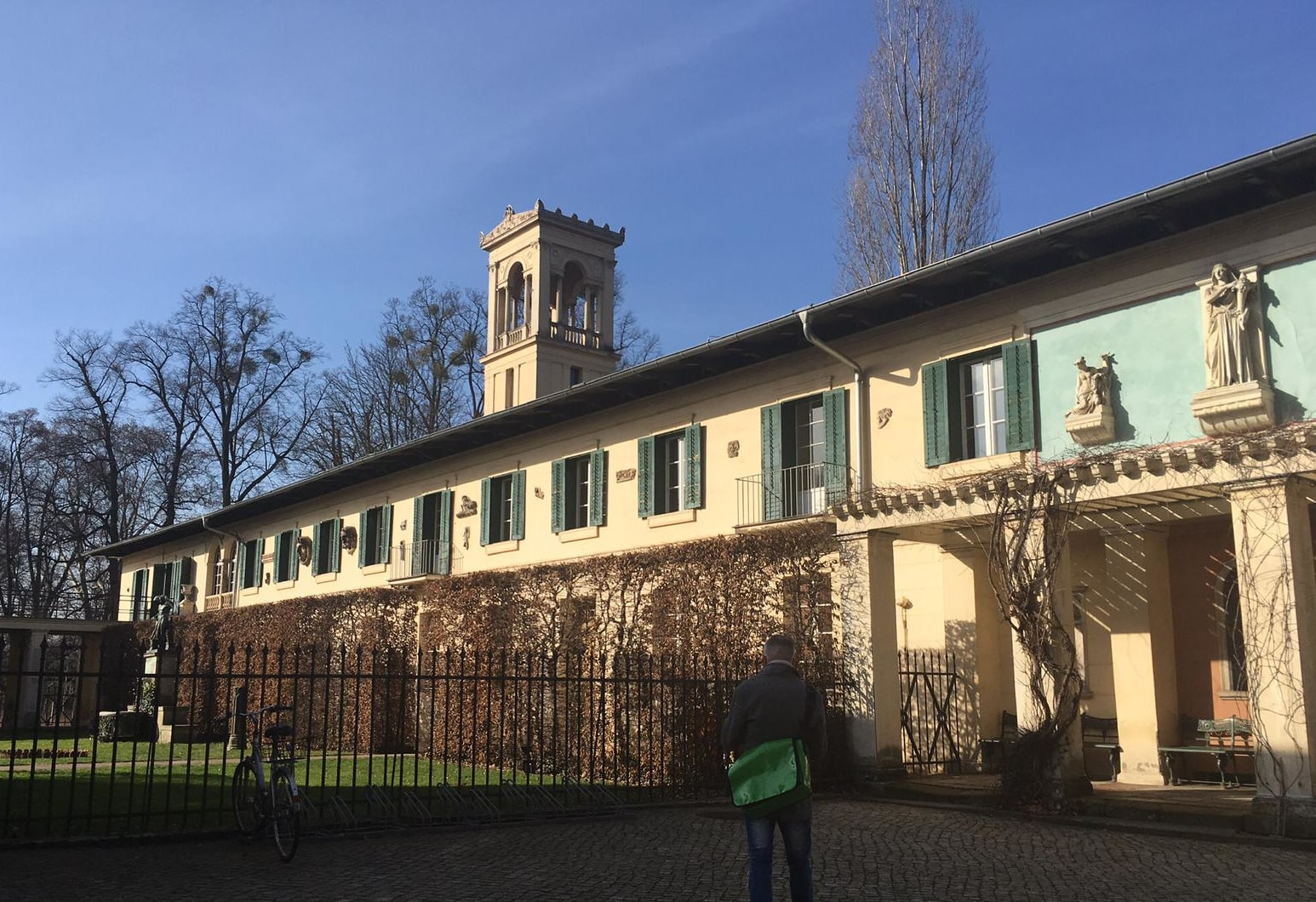
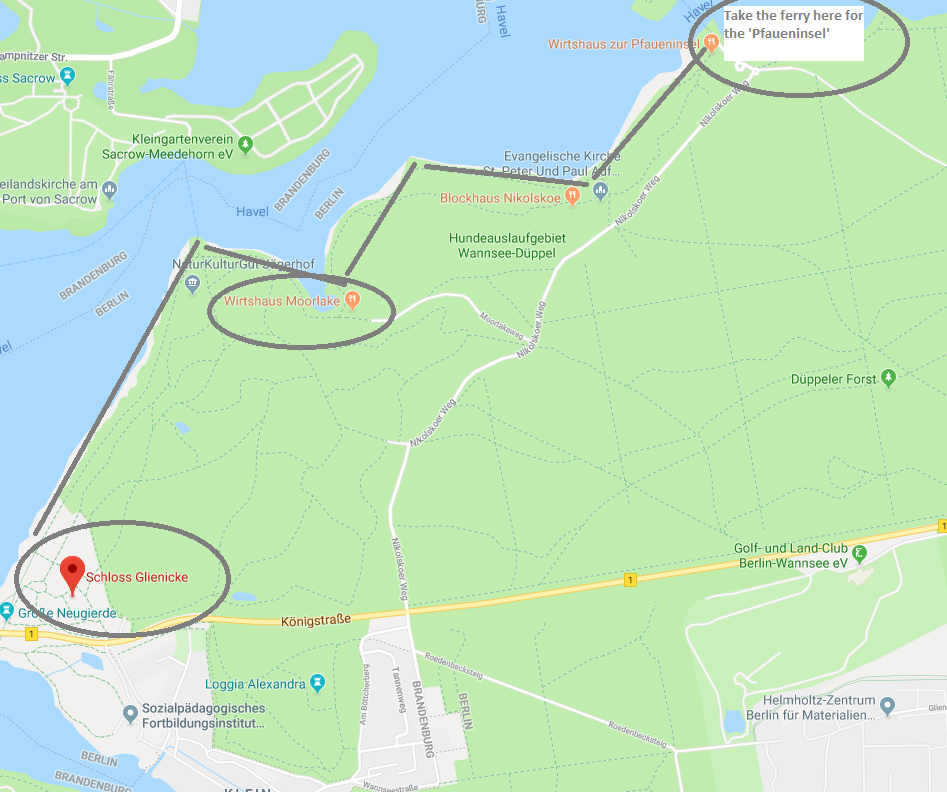
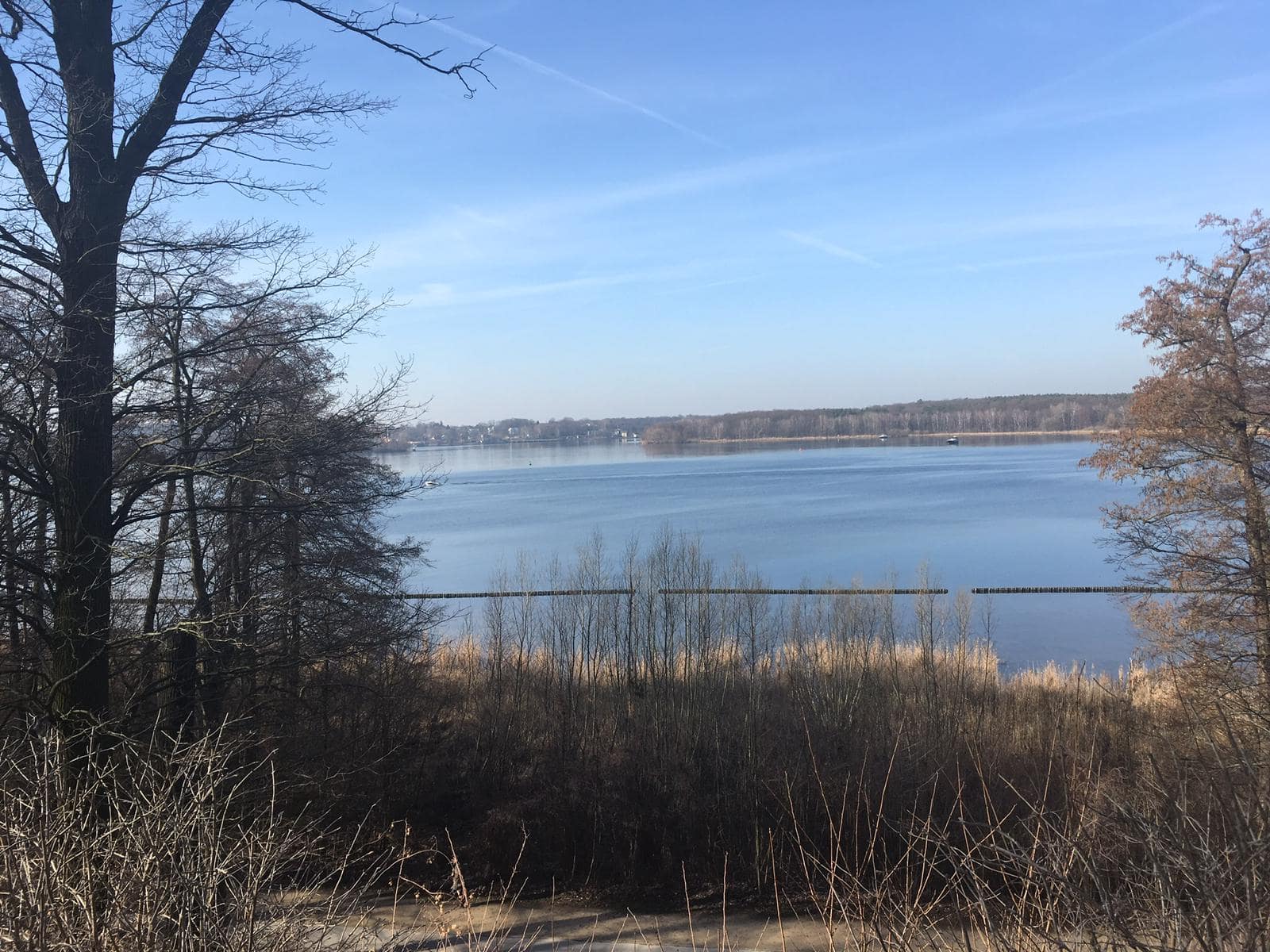
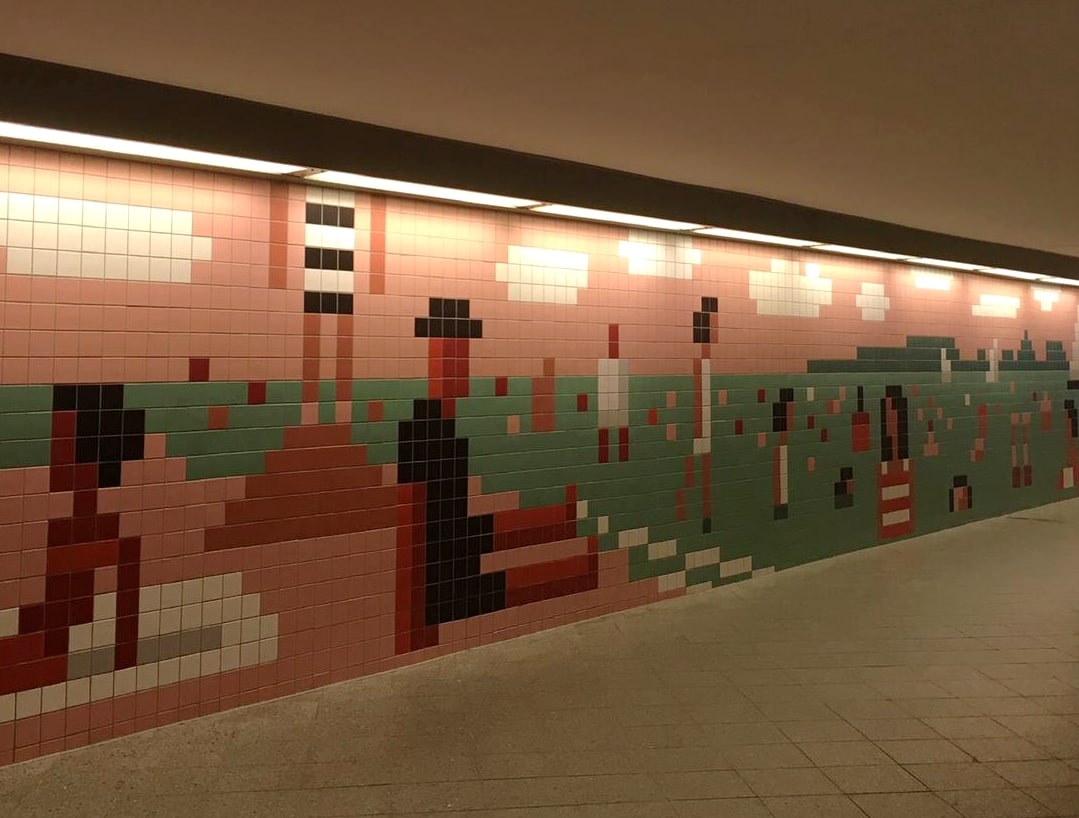
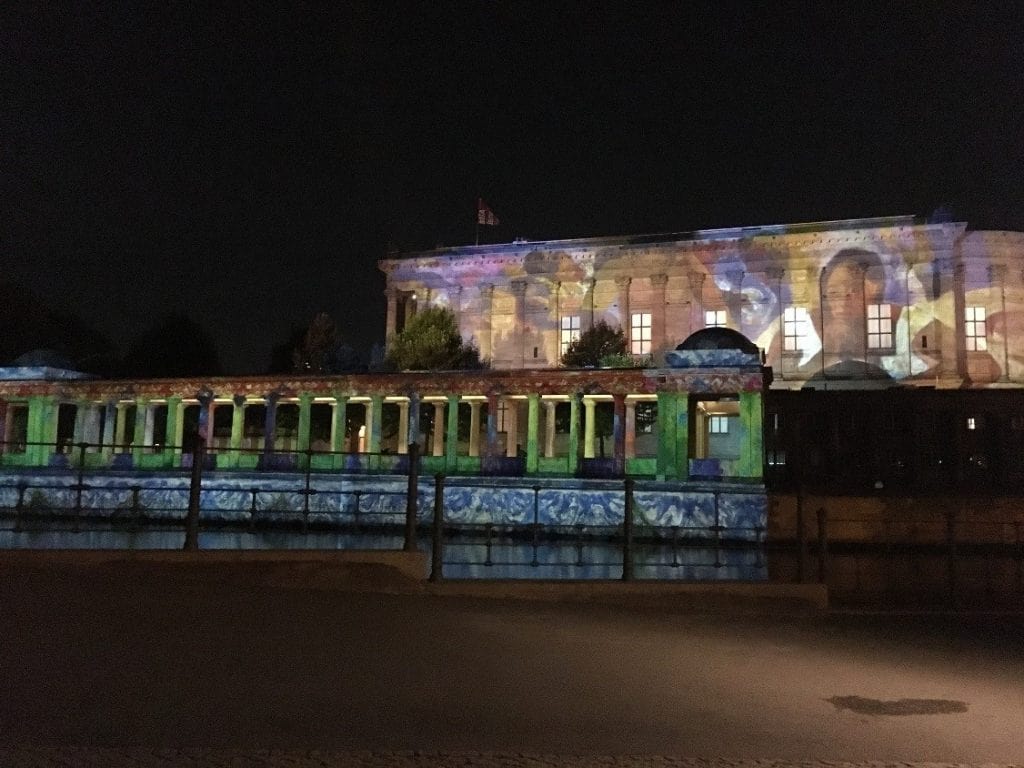
 One of our favorite spots in Berlin is Tempelhofer Feld, a former airport that has been transformed into a green recreational area, where Berliners come together to do sports, have a picnic, go for a walk or enjoy amazing sunsets. Additionally, it provides space for up to 7000 migrants and has become one of Germany’s largest refugee camps.
One of our favorite spots in Berlin is Tempelhofer Feld, a former airport that has been transformed into a green recreational area, where Berliners come together to do sports, have a picnic, go for a walk or enjoy amazing sunsets. Additionally, it provides space for up to 7000 migrants and has become one of Germany’s largest refugee camps. et.
et.